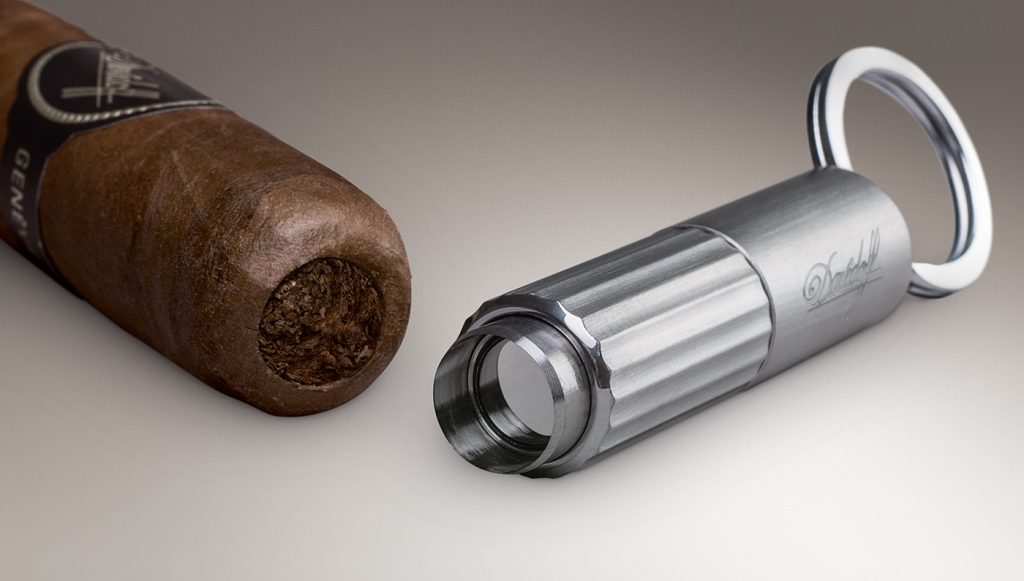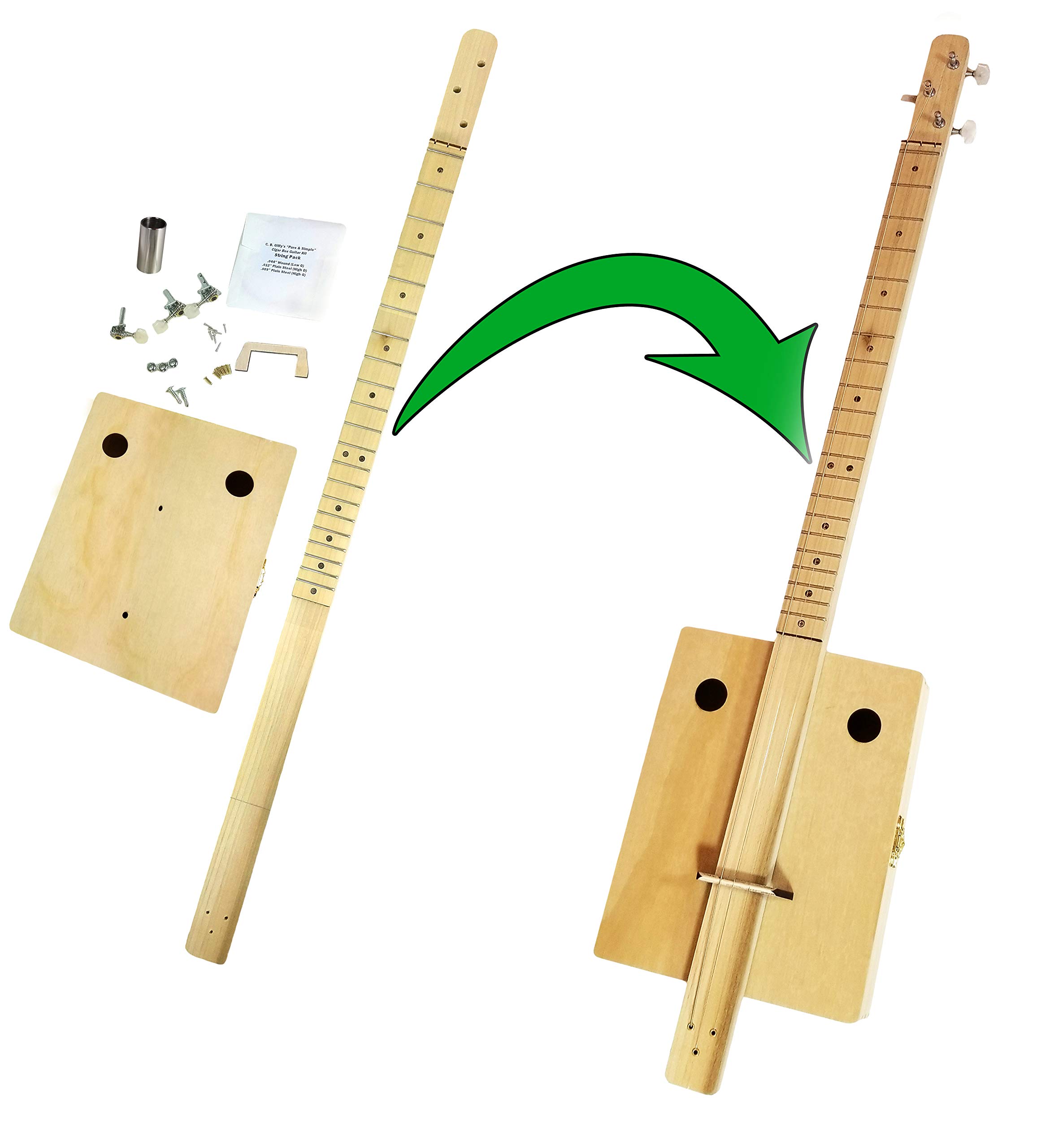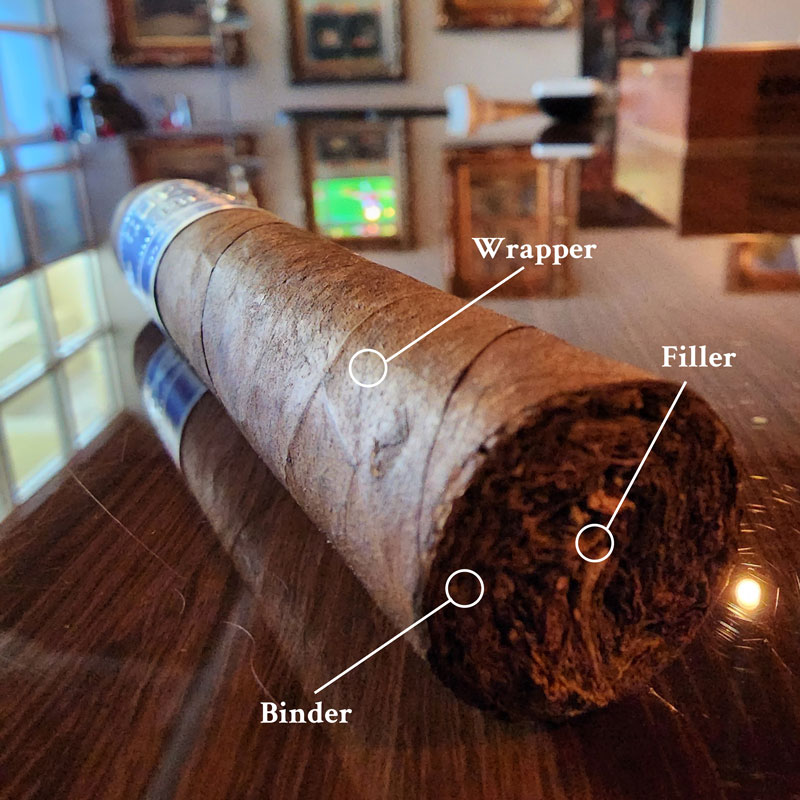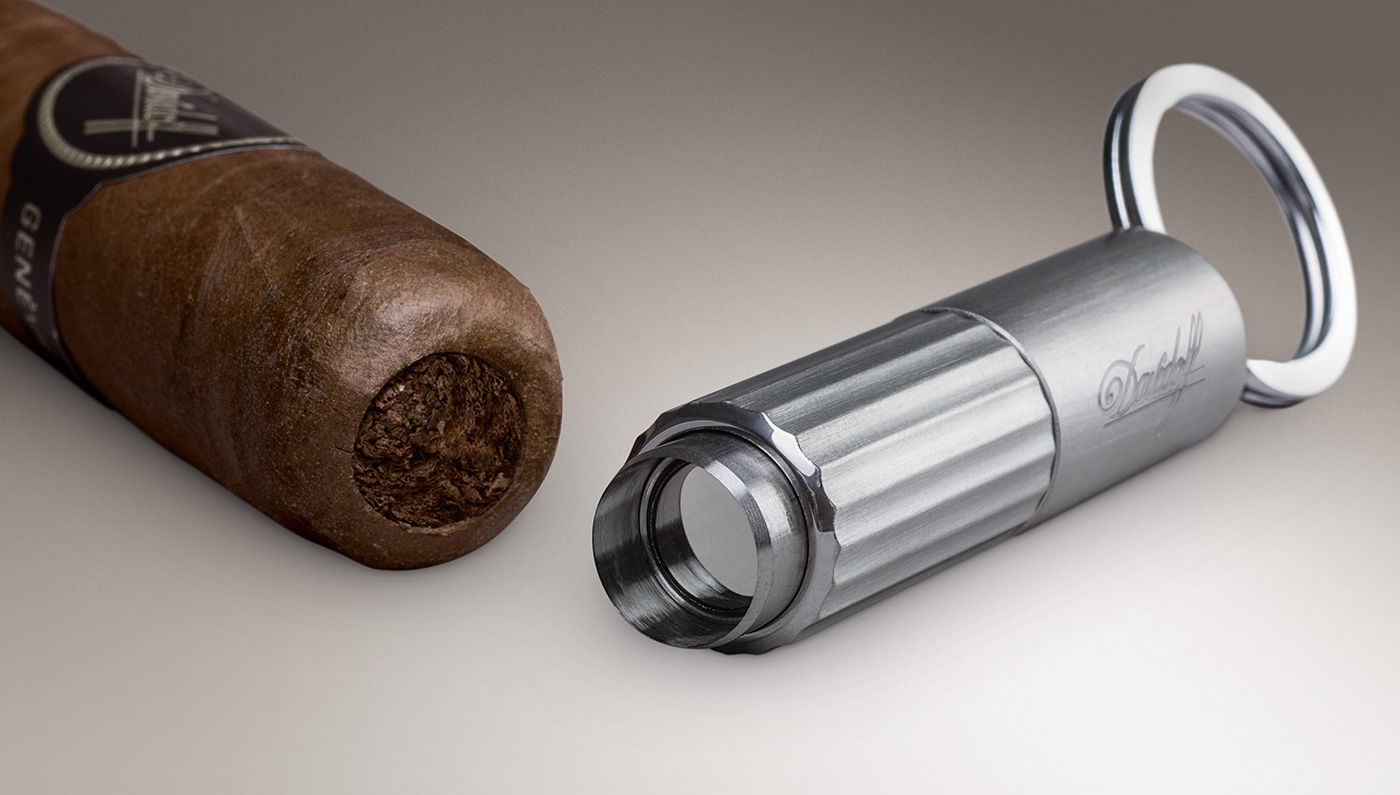What is a Health Effects of Premium Cigar Smoke and Why is it so Popular Among Smokers
A cigar is a rolled bundle of dried and fermented tobacco leaves that is ignited so that its smoke may be drawn into the mouth. Cigars are known for their rich flavors and aromas, and for many, they are the ultimate luxury indulgence. From the tobacco leaf selection and fermentation process to the hand-rolling technique, each step in the cigar-making process is carefully executed to create a product that is enjoyed by cigar enthusiasts around the world.
Understanding the anatomy of a cigar is an essential part of appreciating this timeless pastime. A cigar is typically made up of three main components: the filler, the binder, and the wrapper. The filler is the innermost part of the cigar and is responsible for the flavors and strength of the smoke. It is made up of long leaves of tobacco that have been aged and fermented to achieve the desired taste profile. The binder is a leaf that is used to hold the filler together, and the wrapper is the outermost leaf that gives the cigar its appearance and contributes to its overall flavor.
Choosing the right cigar can be a daunting task, especially for beginners. With a wide variety of options available, it is important to consider the size, shape, strength, and flavor profile of the cigar. Cigars come in various shapes, such as Corona, Robusto, and Churchill, each offering a unique smoking experience. The strength of a cigar refers to the intensity of the smoke, ranging from mild to full-bodied. The flavor profile can vary from woody and earthy to creamy and sweet, depending on the tobacco used in the blend.
In conclusion, cigars are more than just tobacco products – they are an embodiment of craftsmanship, tradition, and relaxation. Whether you are a seasoned aficionado or a curious beginner, exploring the world of cigars is a journey worth taking. From the cultivation of tobacco plants to the art of rolling and smoking, there is a wealth of knowledge and appreciation waiting to be discovered.
History and Origins of Premium Cigars Smoke
The history of cigars dates back to ancient times, with evidence of tobacco use found as far back as 900 AD in the Mayan civilization of Central America. The Mayans were known to have used tobacco for religious and medicinal purposes, and they would roll the leaves into a primitive form of cigar.
When Christopher Columbus arrived in the Americas in 1492, he encountered the indigenous people smoking rolled up tobacco leaves. The explorer and his crew were introduced to this new plant, which they called tobaco, and brought it back to Europe.
The popularity of cigars grew rapidly in Europe, and by the 17th century, tobacco consumption had become a widespread habit. Cigars were particularly popular among the upper classes as a symbol of wealth and sophistication.
In the 19th century, the cigar industry experienced significant growth with the invention of the cigar rolling machine. This innovation allowed for mass production and made cigars more affordable and accessible to people of all social classes.
Cigar Production in Cuba
Cuba became world-renowned for its cigar production in the 19th century. The island’s fertile soil and ideal climate provided the perfect conditions for growing high-quality tobacco. Cuban cigars gained a reputation for their rich flavor and expert craftsmanship.
Due to the United States’ proximity to Cuba, Cuban cigars became extremely popular among Americans. However, in 1962, the US government imposed a trade embargo on Cuba, prohibiting the importation of Cuban cigars. This led to the rise of other cigar producing countries, such as the Dominican Republic and Nicaragua.
Modern Cigar Culture
Today, cigars are enjoyed by people all over the world and are seen as a luxury item. Cigar enthusiasts appreciate the complex flavors and aromas of different cigar blends and brands.
Cigar smoking has also become a social activity, with cigar lounges and clubs providing spaces for like-minded individuals to gather and enjoy their favorite cigars. Cigar festivals and events are held around the world, celebrating the art and culture of cigars.
Despite changes in smoking trends and health concerns surrounding tobacco, cigars continue to be enjoyed by a dedicated community of connoisseurs who appreciate the history, craftsmanship, and pleasure that cigars provide.
Anatomy of a Cigar
Understanding the anatomy of a cigar is essential for any cigar enthusiast. It allows you to appreciate the craftsmanship that goes into creating a cigar and ensures you can properly enjoy your smoke. Here is a breakdown of the different components of a cigar:
- Wrapper: The wrapper is the outermost leaf of the cigar. It is responsible for the appearance and contributes to the flavor profile.
- Binder: The binder is a leaf that holds the filler leaves together. It helps to ensure an even burn and adds to the overall construction of the cigar.
- Filler: The filler is a blend of tobacco leaves that make up the body of the cigar. It is responsible for the flavor and strength of the cigar.
- Cap: The cap is a small piece of wrapper leaf that is attached to the head of the cigar. It is used to seal the cigar and needs to be cut before smoking.
- Foot: The foot is the open end of the cigar that is lit before smoking.
It’s important to note that each part of the cigar contributes to the overall smoking experience. The wrapper, binder, filler, cap, and foot all work together to create a well-balanced and enjoyable smoke.
Next time you light up a cigar, take a moment to appreciate its anatomy and the expertise that went into crafting it. Understanding the different components will enhance your enjoyment and deepen your appreciation for this timeless indulgence.
Different Types of Cigars
There are several different types of cigars, each offering a unique smoking experience. From the size and shape to the blend and flavor, the type of cigar you choose can greatly impact your enjoyment. Here are some popular types of cigars:
| Type | Description |
|---|---|
| Robusto | A medium-sized cigar with a ring gauge between 50 and 54. It offers a balanced blend of flavors and is great for both novice and experienced smokers. |
| Toro | A larger cigar with a ring gauge between 52 and 60. It provides a longer smoking experience and usually has a fuller flavor profile. |
| Churchill | A classic-sized cigar with a ring gauge between 47 and 50. It is known for its longer smoking time and typically has a milder flavor. |
| Corona | A smaller cigar with a ring gauge between 40 and 42. It is popular for its shorter smoking time and is often preferred by those who enjoy milder flavors. |
| Panatela | A thin and long cigar with a ring gauge between 34 and 38. It is known for its elegant appearance and is often chosen for special occasions. |
| Gordo | A large-sized cigar with a ring gauge between 60 and 70. It provides a hefty amount of smoke and is preferred by those who enjoy a bolder flavor. |
In addition to the size and shape, cigars can also be categorized by their origin. Some popular cigar origins include Cuba, Dominican Republic, Nicaragua, and Honduras. Each origin has its own unique characteristics and flavor profiles.
When choosing a cigar, it’s important to consider your personal preferences and the occasion. Whether you’re a seasoned aficionado or just starting out, exploring different types of cigars can be a rewarding journey. Remember to savor the flavors and enjoy the overall experience!
Cigar Production Process
The production of cigars is a meticulous and time-consuming process that involves several stages. From the cultivation of tobacco plants to the final packing, each step requires expertise and attention to detail.
1. Growing and Harvesting Tobacco: The first step in cigar production is growing and harvesting tobacco. Tobacco plants are cultivated under specific conditions, such as fertile soil and optimal climate. After a few months, the tobacco leaves are ready for harvest.
2. Curing and Fermenting: Once harvested, the tobacco leaves undergo a process called curing, where they are hung in carefully controlled environments to dry. After curing, the leaves are fermented to develop their flavor and aroma. This process can take several months to enhance the quality of the tobacco.
3. Sorting and Blending: After fermentation, the tobacco leaves are sorted based on size, texture, and color. Skilled artisans carefully select the leaves for the cigars, ensuring consistency in flavor and appearance. The leaves are then blended to create a unique and well-balanced flavor profile.
4. Rolling: Rolling cigars is considered an art form. Expert cigar rollers, known as torcedores, skillfully roll the tobacco leaves into the desired shape, using their fingers and sometimes a mold. The leaves are layered to create the filler, binder, and wrapper, with the wrapper being the outermost layer that gives the cigar its appearance.
5. Aging and Maturing: Once rolled, the cigars are aged in a controlled environment for a specific period. This aging process allows the flavors of the tobacco to meld together, resulting in a smoother and more complex smoking experience. The duration of aging can vary depending on the desired characteristics of the cigar.
6. Quality Control and Packaging: Before the cigars are packaged, they undergo a series of quality control checks. Experienced inspectors examine the cigars for consistency, construction, and overall quality. Once approved, the cigars are packaged in boxes or sleeves, ready to be enjoyed by cigar enthusiasts around the world.
In conclusion, the production of cigars involves a careful and intricate process, from the cultivation and harvesting of tobacco to the final inspection and packaging. The dedication and craftsmanship of those involved in each stage contribute to the creation of a fine cigar.
Cigar Accessories and Tools
When it comes to enjoying a cigar, having the right accessories and tools can significantly enhance your experience. Whether you’re a novice or an experienced connoisseur, investing in the right cigar accessories can make a world of difference.
Cutter
A cigar cutter is an essential tool for any cigar enthusiast. It is used to cut the cap off the cigar, allowing for a smooth and even draw. There are various types of cutters available, including guillotine cutters, punch cutters, and V-cutters, each offering a different style of cut. The choice of cutter depends on personal preference and the size and shape of the cigar.
Lighter
Having a reliable lighter is crucial for properly lighting a cigar. While matches can be used, a butane lighter is often preferred as it provides a steady flame and allows for more control. It is important to use a butane lighter specifically designed for cigars, as regular lighters can leave an unpleasant taste. Additionally, torch lighters are popular due to their ability to quickly and evenly toast the foot of the cigar.
| Humidor | Ashtray | Cigar Case |
|---|---|---|
| A humidor is a must-have item for any cigar enthusiast. It is used to store and maintain the proper humidity level for cigars, ensuring they stay fresh and flavorful. Humidors come in various sizes and styles, ranging from portable travel humidors to large and luxurious desktop humidors. | An ashtray specifically designed for cigars is important to prevent ash from falling off and to hold the cigar securely. Many cigar ashtrays have special notches or grooves to hold the cigar in place, and some even come with built-in cigar rests. | A cigar case is ideal for carrying cigars when traveling or on the go. It helps protect the cigars from damage and keeps them fresh. Cigar cases come in various materials, such as leather, metal, and plastic, and can hold a varying number of cigars. |
Other accessories and tools that can enhance your cigar smoking experience include a cigar punch, a cigar holder, a hygrometer to measure humidity levels, a cigar stand, and a cigar knife. These accessories add convenience and style to your cigar enjoyment.
Investing in quality cigar accessories and tools is essential for any cigar lover. They not only enhance the overall experience but also help preserve the integrity of the cigars. So, whether you’re a casual smoker or a dedicated aficionado, make sure to have the right accessories and tools for your next cigar session.
How to properly store cigars
Proper storage of cigars is essential to maintain their flavor and quality. Here are some tips on how to store your cigars correctly:
1. Use a humidor:
A humidor is a specially designed box or container that helps to maintain the ideal conditions for cigar storage, including temperature and humidity. Invest in a good-quality humidor to ensure your cigars are well-protected.
2. Maintain the right humidity level:
The humidity level in a humidor should be between 65% and 75%. Use a hygrometer to monitor the humidity and add distilled water or a humidification solution as needed to maintain the desired level.
3. Store cigars at the right temperature:
Temperature is another important factor in cigar storage. The ideal temperature range is between 65°F and 70°F (18°C and 21°C). Avoid exposing your cigars to extreme temperatures, as it can negatively affect their flavor and structure.
4. Avoid direct sunlight:
Sunlight can heat up the cigars and cause them to become dry and brittle. Store your cigars in a dark place, away from direct sunlight, to prevent any damage.
5. Don’t mix different cigar types:
Keep different types of cigars separate from each other to avoid intermingling of flavors. This also applies to flavored cigars, as their scent can transfer to other cigars.
6. Rotate your cigars:
To ensure even aging, rotate your cigars regularly. This will prevent uneven drying and maintain their quality over time.
7. Avoid strong odors:
Cigars are highly susceptible to absorbing odors from their surroundings. Store them away from strong-smelling substances, such as perfumes, air fresheners, or cedar-lined drawers.
By following these steps, you can ensure your cigars are stored properly, allowing you to enjoy their flavors and aromas to the fullest.
Cigar Etiquette and Culture
Smoking cigars is not just a pastime, it is a rich and intricate part of a culture that stretches back centuries. As with any cultural practice, there are certain etiquette rules and traditions that should be observed when enjoying a cigar. Whether you are a seasoned aficionado or a newcomer to the world of cigars, here are some key points to keep in mind:
1. Cutting and Lighting
Before you can start enjoying your cigar, it should be properly cut and lit. Never use a regular household cutter like one you would use to cut paper or flowers. Invest in a quality cigar cutter that will make a clean cut without damaging the wrapper. Avoid using a lighter with a strong odor, as it can affect the taste of the cigar. Instead, use a wooden match or a butane torch lighter to ignite the cigar evenly.
2. Hold and Smoke
When holding a cigar, never hold it in your mouth like a cigarette. Instead, hold it between your thumb and index finger or between your thumb and middle finger. Avoid inhaling the smoke into your lungs. Instead, gently draw the smoke into your mouth, savoring the flavors, and then exhale. It is customary to rotate the cigar as you smoke to ensure an even burn.
3. Ash and Ashtray
Let the ash accumulate naturally on your cigar before tapping it off into an appropriate ashtray. Do not forcefully knock off the ash, as it can damage the wrapper and interrupt the smoking experience. Use an ashtray specifically designed for cigars to prevent the ash from falling onto your clothes or furniture.
4. Conversation and Socializing
Smoking cigars is often a social activity, so it’s important to engage in conversation and enjoy the company of others. However, be mindful of the smoke and avoid blowing it directly towards others. Always ask before lighting up in someone else’s home or car, as not everyone may be comfortable with the smell or presence of cigar smoke.
5. Proper Disposal
When you have finished smoking your cigar, let it extinguish naturally in the ashtray. Avoid stubbing it out forcefully, as this can release unpleasant odors. Dispose of the cigar butt in a proper container, as it can take a long time for a cigar to fully decompose. It is considered bad etiquette to leave cigar butts on the ground or in public places.
By following these cigar etiquette guidelines, you can fully immerse yourself in the rich cultural experience of smoking cigars. Remember, cigar smoking is not just about the act itself but also about the enjoyment of flavors, camaraderie, and relaxation.
Questions and answers: What is a cigar
What is the difference between a large cigar and a little cigar?
Large cigars are typically bigger in size and contain more tobacco than little cigars, which are smaller and often similar in size to cigarettes.
How does cigar use differ from cigarette use?
Cigar use involves smoking a cigar, which is a rolled bundle of dried and fermented tobacco leaves, while cigarette use involves smoking a cigarette, which is a cylindrical roll of finely cut tobacco wrapped in paper.
What are some health risks associated with cigar smoking?
Cigar smoking is associated with an increased risk of various health issues, including cancer, heart disease, and respiratory problems.
How does cigar smoke differ from cigarette smoke?
Cigar smoke contains higher levels of toxins and carcinogens than cigarette smoke, which can increase the health risks associated with cigar smoking.
What is a filtered cigar?
A filtered cigar is a type of cigar that has a filter, similar to a cigarette, to reduce the amount of smoke and tar that is inhaled.
What is a traditional cigar?
A traditional cigar is a cigar that is made using traditional methods, typically hand-rolled with whole tobacco leaves and without a filter.
How does cigar use among individuals differ from cigarette use?
Cigar use among individuals is often less frequent than cigarette use, with many cigar smokers smoking cigars occasionally or socially rather than daily.
What are some smoking behaviors associated with cigar use?
Smoking behaviors associated with cigar use can vary, but many cigar smokers may smoke cigars in social settings or as a way to relax and unwind.
How does cigar smoke compare to tobacco smoke?
Cigar smoke contains many of the same harmful chemicals and toxins as tobacco smoke, which can increase the health risks for cigar smokers.
How are cigars sold and marketed compared to cigarettes?
Cigars are often sold and marketed differently than cigarettes, with many cigars being sold individually or in small packs rather than in large packs like cigarettes.
How many cigars are smoked per day by cigar users?
The number of cigars smoked per day can vary among cigar users, with some smoking one or two cigars a day while others smoke more.
What are little cigars and cigarillos?
Little cigars and cigarillos are small cigars that are similar in size to cigarettes but are made with tobacco wrapped in a tobacco leaf or paper.
What are the health effects of premium cigars?
Premium cigars, like other cigars, can have adverse health effects, including an increased risk of cancer, heart disease, and respiratory issues.
How does cigar smoking compare to smoking cigarettes?
Cigar smoking is associated with different health risks than smoking cigarettes, with cigars containing higher levels of toxins and carcinogens.
How are cigars and pipe smokers different?
Cigar and pipe smokers differ in their smoking habits and preferences, with cigar smokers typically smoking cigars and pipe smokers smoking pipes.
What is the definition of premium cigars?
Premium cigars are hand-rolled cigars made with high-quality tobacco and are often considered to be of higher quality than machine-made cigars.
What is the difference between little cigars and filtered cigars?
Little cigars are small cigars that are often similar in size to cigarettes, while filtered cigars have a filter like a cigarette but are larger in size.
How is cigar smoking among youth different from adults?
Cigar smoking among youth is concerning as it can lead to nicotine addiction and other health issues at a young age.
What is the risk associated with premium cigars?
Premium cigars, despite their perceived quality, still pose health risks, including an increased risk of cancer, heart disease, and respiratory issues.
How does cigar smoke compare to secondhand smoke from cigarettes?
Cigar smoke contains many of the same harmful chemicals and toxins as cigarette smoke, making exposure to secondhand cigar smoke harmful to health.







